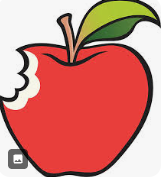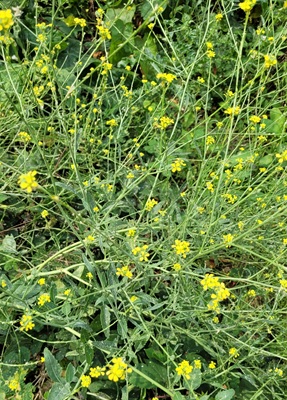Flower Properties
| Property | Value |
|---|---|
| English Name | Shortpod Mustard |
| MainColor | Yellow |
| PlantType | |
| Growth Type | |
| Season | August |
| ImageUrl | Hirschfeldia-001 |
| Photographer | DP |
| Location | Chorleywood |
| Human Toxicity |
Flower Details
Description
Hirschfeldia incana, commonly known as Hoary Mustard, is a biennial herb characterised by its grey-green, hairy leaves and small yellow flowers. It typically grows up to 1 metre tall and has a bushy appearance. The flowers bloom from spring to summer, attracting various pollinators.
Distribution
This species is native to the Mediterranean region but has spread to various parts of Europe, North America, and Australia. It thrives in disturbed areas, roadsides, and open fields. Its adaptability allows it to grow in a range of soil types.
Medicinal/Other Uses

✅ Historically, Hoary Mustard has been used in folk medicine for its potential anti-inflammatory properties. The seeds can also be used as a mustard condiment.
Edibility

The young leaves and flowers are edible and can be used in salads or cooked as greens. However, they should be consumed in moderation due to potential bitterness.
Human Toxicity

Mildly Toxic - ingestion of large quantities may cause gastrointestinal discomfort.
Pet Toxicity

Non Toxic - generally considered safe for pets, though large amounts may still cause mild digestive upset.
Active Compounds
Hoary Mustard contains glucosinolates, which are compounds that can have both beneficial and adverse effects on health. These compounds are also responsible for the characteristic flavour of mustard.
